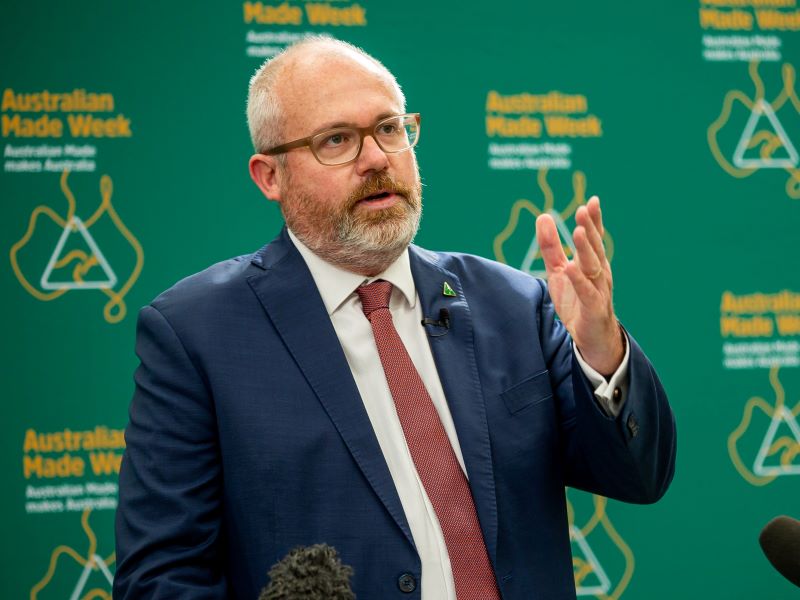The Albanese government has committed to adopting a nationally coordinated approach to rail procurement, including local content, after the sector warned disjointed state policies had cost governments billions.
On Thursday, Assistant Minister for Manufacturing Tim Ayres released a National Rail Procurement and Manufacturing Strategy, outlining the steps and timeframes needed to build more trains in Australia.
While states and territories are largely responsible for rail procurement, the sector has warned their varying policies make it like operating in different countries, duplicating capabilities, pushing up costs and exacerbating skills shortages.

High local upfront costs to government have been used to justify buying trains from overseas. But analysis of some of these buys has found the costs would have been offset by the broader economic benefits of awarding the major tenders to domestic firms.
When trains are procured from local manufacturers, disjointed policies have cost governments nearly $2 billion over the last decade, according to the Australian industry.
“The National Rail Procurement and Manufacturing Strategy is the framework for the Commonwealth and the States and Territories to work together to help ensure passenger and freight rail rolling stock is built here in Australia,” Mr Ayres said.
“Building an enduring rail manufacturing industry means good jobs, high quality trains and lower costs for taxpayers and the States and Territories.”
The new national plan has six pillars:
- Develop a nationally coordinated approach to rolling stock procurement
- Harmonise standards for manufacture of rolling stock
- Adopt a national local content approach
- Maximise opportunities for freight and heavy haul manufacturing
- Improve research, innovation collaboration and design
- Support development of a skilled and sustainable workforce for the future needs of rail manufacturing
The national approach will start with the mapping of the rolling stock manufacturing supply chain, before a formal business case is developed next year.
A model approach will be finalised and incorporated into states and territories procurement policies in 2025, according to the national strategy.
The moves are part of an Albanese government election commitment to support domestic rail manufacturing.
It has also established the Office of National Rail Industry Coordination (ONRIC), and returned the role of a National Rail Manufacturing Advocate and Rail Industry Innovation Council.
The government appointed experienced board director Jacqui Walters as the National Rail Manufacturing Advocate in June, in time for a national summit for the sector.
“The collaboration between industry, governments and the research sector in developing this strategy has established a strong foundation for ongoing cooperation and delivery,” Ms Walters said.
“It has been a privilege to play a role in shaping this vision for the Australian rail manufacturing sector.”






